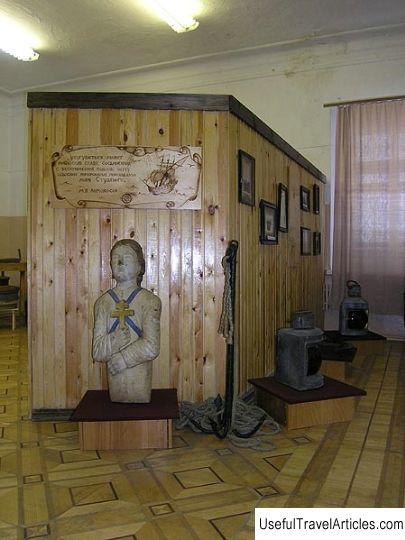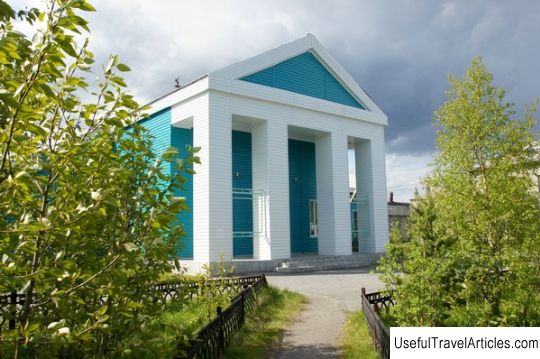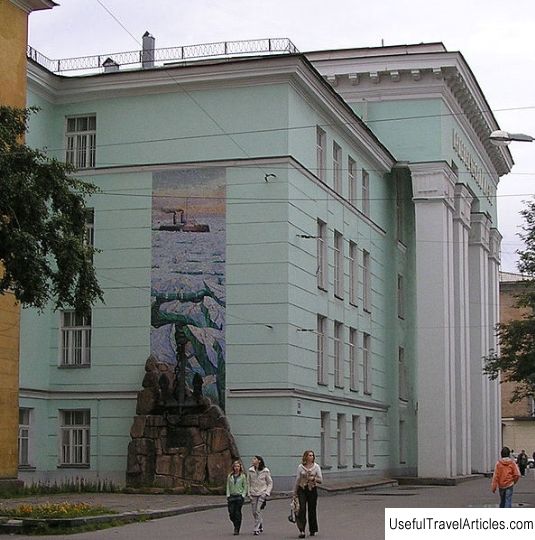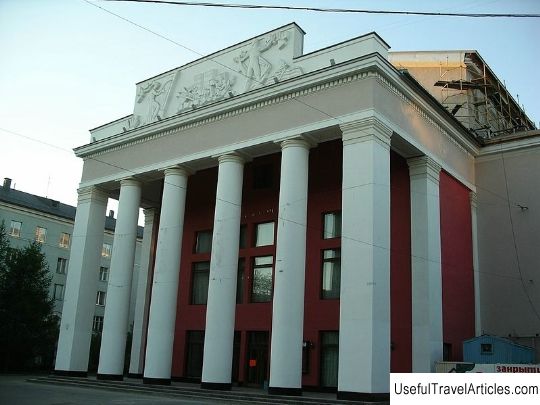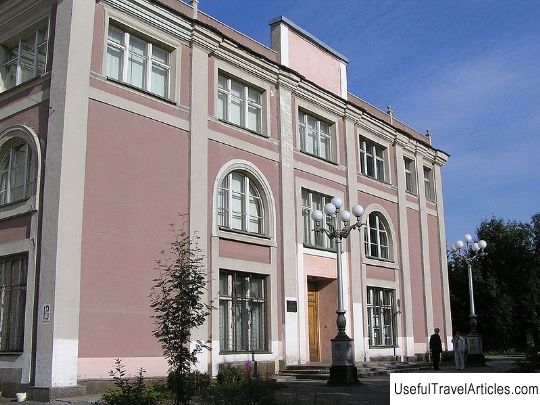Museum of History, Culture and Life of Terek Pomors description and photos - Russia - North-West: Murmansk Oblast
Rating: 7,8/10 (255 votes) 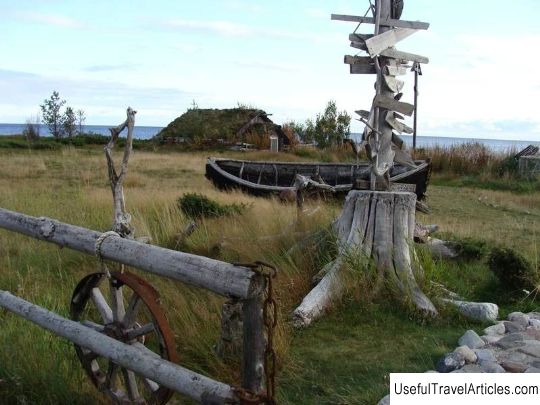
Museum of History, Culture and Life of Terek Pomors description and photos - Russia - North-West: Murmansk Region. Detailed information about the attraction. Description, photos and a map showing the nearest significant objects. Photo and descriptionOne of the branches of the Murmansk Regional Museum of Local Lore is the Museum of History, Culture and Life of Terek Pomors. The public local history museum was opened in accordance with the decision of the executive committee of the regional Tersk Soviet on February 23, 1988. The creation of the museum was carried out on the basis of the then popular House of Culture, which was located in the small village of Umba. The Department of Culture of the Regional Executive Committee of the Murmansk Region issued an order dated January 4, 1992 stating that the public museum "Life and Trade of Pomors" became one of the branches of the Murmansk Regional Museum of Local Lore. The village of Umba, where the museum of history and culture of the Pomors is located, is an urban-type settlement located in the Murmansk region. Besides, Umba is the largest settlement not only in the Tersk region, but also in the entire urban settlement of Umba. Umba is located at the mouth of the small Umba River, namely in the Kandalaksha Bay on the shores of the White Sea. Not far from the village, in the town of Kandalaksha, there is a railway station. The population of the village of Umba is 5535 people. The village of Umba was first mentioned in the chronicles of 1466. It is known that this village is one of the oldest settlements located on the Kola Peninsula. For some period of time, the village was the patrimony of the Solovetsky Monastery, which was built here in 1765 together with the Church of the Resurrection of the Lord in 1765. On the shore of a small bay and near the village of Umba, in 1898, a certain working village appeared , which existed at the sawmill Umbsk plant of the successful wealthy industrialist Belyaev. Initially, the village was called Lesnoy. After some time, a cargo port was built here, which was not very large. One of the characteristic features of New Umba was the presence of wooden sidewalks on most of the streets. Starting in the 60s of the 20th century, the increasingly expanding village was renamed and became known as Umba. The Pomeranian and rather old village of Staraya Umba, which is located on the right bank of the river, is today one of the most popular tourist sites. It is in this picturesque place that the Museum of History, Culture and Life of Terek Pomors is located, which is so popular among numerous tourists. The total area of the museum premises is 297.9 sq. m, the area designated for exhibitions and expositions occupies 262 sq. m. The main sections of the exposition include: "Tersk possessions in ancient times", "The emergence of Russian settlements on the Tersk coast", "Economic and commercial systems of Tersk pomors. 18th - early 20th centuries. Fishing. Shipbuilding. Hunting and pearl fishing ”,“ Development of crafts in the 18th - early 20th centuries. Joinery and carpentry. The art of woodworking. Needlework and other women's crafts. Shoemaking craft "," Household economy of the Pomors in the late 19th - early 20th centuries. " The exposition contains 733 various items related to the main fund, as well as 161 items related to the auxiliary. Among all the available exhibits and objects, some of the most interesting are worth noting: kalgi skis, various interior items "Gornitsa" or "Fishing hut", household items of Pomors, for example, rocker, millstones; women's hats, represented by kokoshniks, warriors; so-called grandmother toys, panyu dolls or rattles-shrubs intended for children, as well as various products of Pomor folk art, which include: woven tablecloths, shirt-shirts, embroidered or lacy wooden products, woven belts, painted chests, painted and carved spinning wheels, numerous products woven from birch bark, as well as tree roots, wood chips, etc. At the museum there is a small local history club called "Rodnichok", in which for primary school children master classes are held, as well as entertaining theatrical performances and exhibitions on the life and life of the Pomor people.     We also recommend reading Military Museum of Braganca (Museu Militar De Braganca) description and photos - Portugal: Braganca Topic: Museum of History, Culture and Life of Terek Pomors description and photos - Russia - North-West: Murmansk Oblast. |
